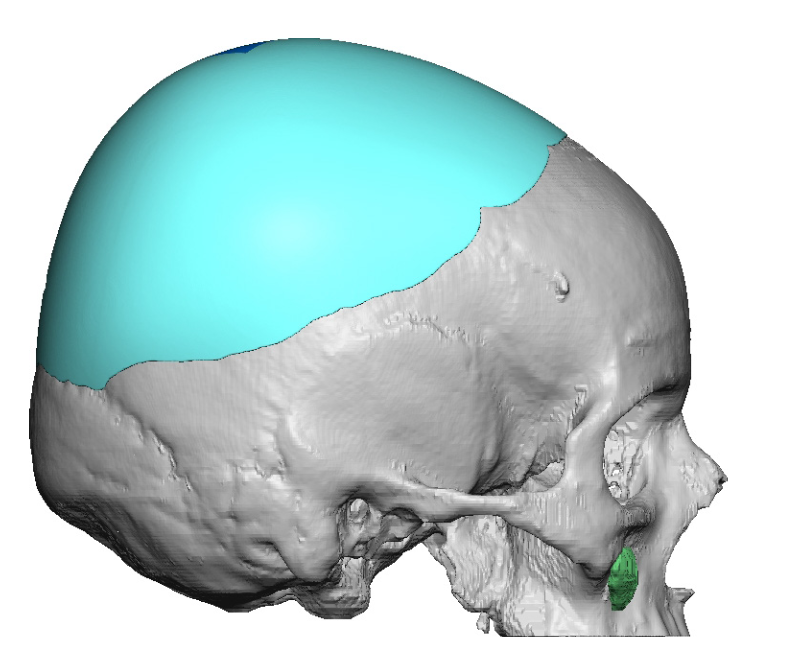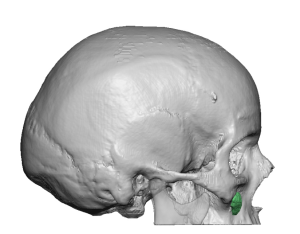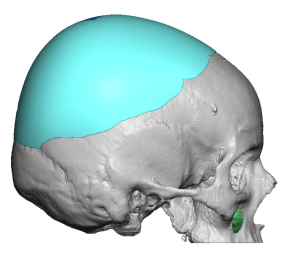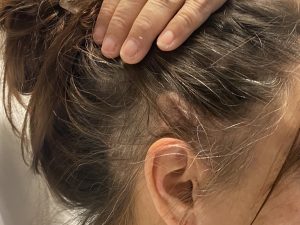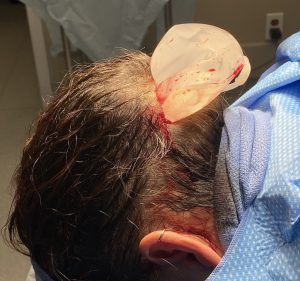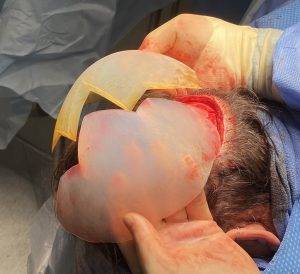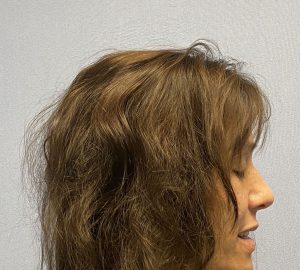Background: The size and shape of the head is influenced by a variety of congenital and developmental influences on its bony framework. It is a unique bony structure of the body because it fundamentally acts as a large hollow encasement. Provided there is enough space for adequate brain development the specific dimensions and shape of the skull is otherwise an aesthetic issue. Such aesthetic head shape concerns could involve lack of (flatness) or excessive convexities (protrusions) or an overally small or large head shape.
The female who views their head shape as small, specifically in the crown area, is a common request for skull augmentation. The smallness is almost always centered around the crown area and the patient usually has a history of compensating for the lack of skull height/projection by using the hair as a camouflage technique.
With a smaller head shape comes a tighter and often thinner scalp cover. This is particularly evident in Caucasian females although there is a tendency for small head scalp tightness in all ethnicities. With a desire for skull augmentation, which usually must be significant to her worthwhile, the scalp becomes a limiting factor. This anatomic limitation can be overcome by a scalp expansion process prior to skull implant placement. While effective the capsule created and the size of the needed skull implant pose technical considersations for placement.
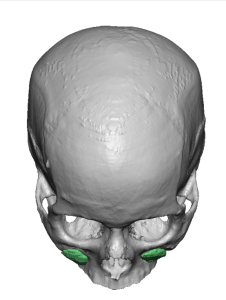
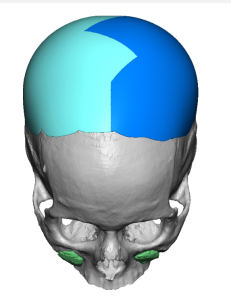
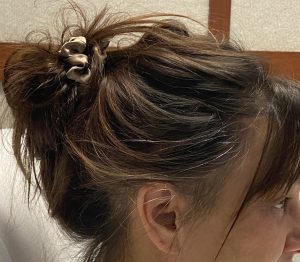
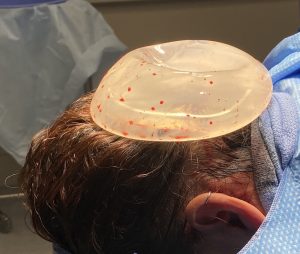
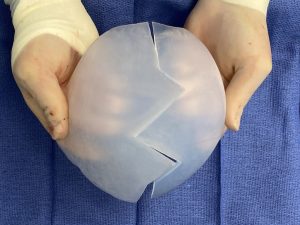
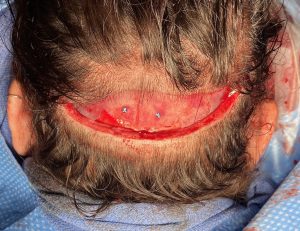
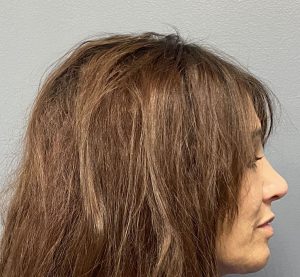

Key Points:
1) Small female head shapes can be effectively augmented by a two stage skull augmentation process.
2) A first stage scalp expansion is needed whose volume must match that of the custom skull implant design.
3) The second stage scalp expander removal and implant replacement requires a multi-piece design for insertion through a limited scalp incision.
Dr. Barry Eppley
World-Renowned Plastic Surgeon

